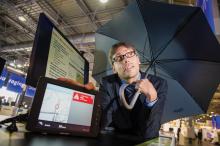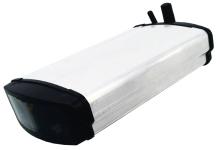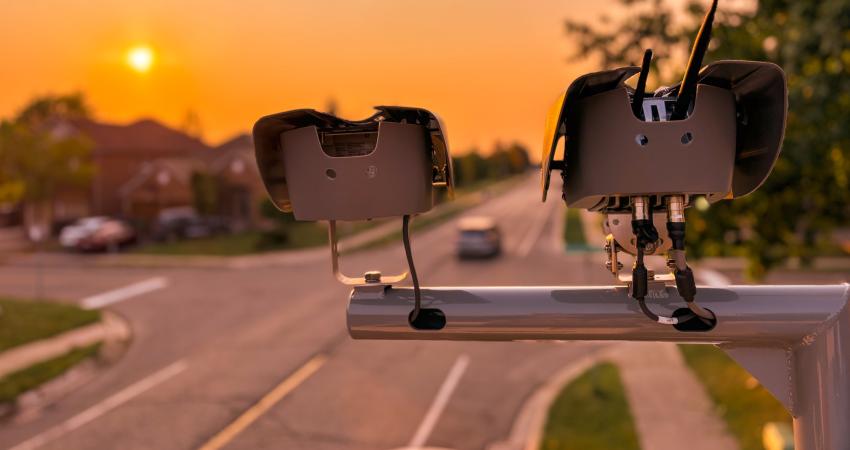The German Aerospace Centre DLR has arrived at the 2012 ITS World Congress with a unique system for rail safety – for preventing collisions between trains and improving safety for track workers. Whereas conventional train collision avoidance systems involve networks of base stations, DLR’s Railway Collision Avoidance System (RCAS) uses direct communication between trains or hand held devices without expensive infrastructure and so with substantial reduction in cost. “RCAS communication is via the Tetra stan

Andreas Lehner: "The system can be used to alert train drivers to a likely collision with another train."
The German Aerospace Centre 6782 DLR has arrived at the 2012 ITS World Congress with a unique system for rail safety – for preventing collisions between trains and improving safety for track workers. Whereas conventional train collision avoidance systems involve networks of base stations, DLR’s Railway Collision Avoidance System (RCAS) uses direct communication between trains or hand held devices without expensive infrastructure and so with substantial reduction in cost.
“RCAS communication is via the Tetra standard at 400MHz, akin to an SMS system, with a guaranteed 5km minimum range,” said DLR’s Thomas Strang. “The system can be used to alert train drivers to a likely collision with another train. The software can also run on a personalised or hand held device, so warn track workers of an approaching train.”
The idea for the RCAS has come from DLR’s work developing similar systems to prevent collisions between aircraft. Parameters of a train relevant for a potential collision – position, speed, topographical movement vector and out-of-guage loads – are broadcast to all other trains in the vicinity. All other trains and RCAS units within the communication range can monitor the traffic situation and identify potentially dangerous situations.
“RCAS communication is via the Tetra standard at 400MHz, akin to an SMS system, with a guaranteed 5km minimum range,” said DLR’s Thomas Strang. “The system can be used to alert train drivers to a likely collision with another train. The software can also run on a personalised or hand held device, so warn track workers of an approaching train.”
The idea for the RCAS has come from DLR’s work developing similar systems to prevent collisions between aircraft. Parameters of a train relevant for a potential collision – position, speed, topographical movement vector and out-of-guage loads – are broadcast to all other trains in the vicinity. All other trains and RCAS units within the communication range can monitor the traffic situation and identify potentially dangerous situations.
%$Linker:








